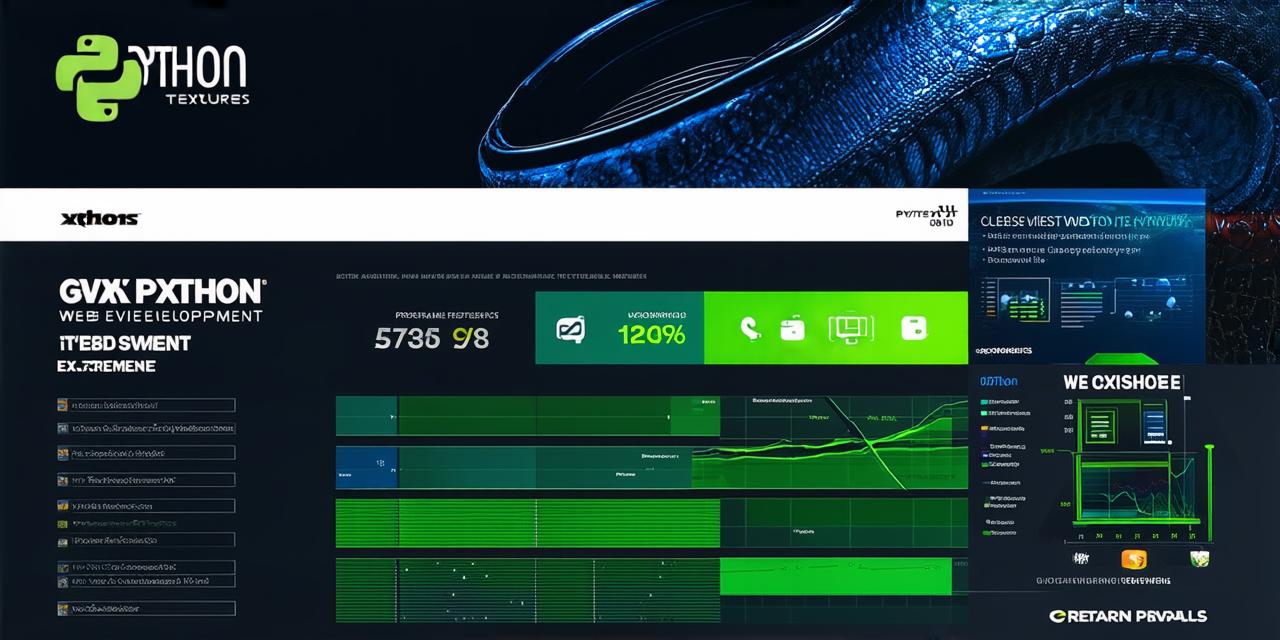Can Python be utilized for web development?
Beyond its simplicity and readability, Python’s versatility is one of its most compelling attributes. This versatility extends to web development, where it has proven to be a reliable and efficient choice for creating dynamic, scalable, and maintainable web applications.
Python in Action: Real-life Examples – Expanded
Instagram, the popular photo-sharing platform, is one of many examples that demonstrate Python’s prowess in web development. Behind the scenes, Django, a Python web framework, played a pivotal role in powering this success story. Django’s built-in features, such as its object-relational mapper (ORM) and authentication system, allowed Instagram to handle its massive user base efficiently.
Similarly, Pinterest, another popular social media platform, leverages Flask, another Python web toolkit, to manage its vast amount of data efficiently. Flask’s minimalistic nature and ease of extension make it an ideal choice for building Pinterest’s customized features.
The Advantages: Speed and Flexibility – Expanded
One of the key advantages of using Python for web development is its speed. Python’s syntax allows for rapid prototyping and development, reducing the time-to-market significantly. This speed advantage is particularly beneficial in today’s fast-paced digital landscape, where first-mover advantages can mean the difference between success and failure.
Moreover, Python’s flexibility enables developers to create dynamic, scalable, and maintainable web applications with ease. This flexibility allows businesses to adapt quickly to changing market conditions and user needs, ensuring their web applications remain relevant and competitive.
The Debate: Python vs. Traditional Web Languages – Expanded
While languages like JavaScript and PHP have traditionally dominated the web development scene, Python offers a refreshing alternative. Its syntax is more intuitive, making it easier for beginners to grasp. Furthermore, Python’s versatility allows developers to handle both front-end and back-end tasks, streamlining the development process.
This versatility also extends to the integration of third-party libraries and tools, allowing developers to create more robust and feature-rich applications with relative ease.
The Future: Embracing Python in Web Development – Expanded
As we move forward, the integration of Python into web development is not just a trend but a necessity. With its simplicity, speed, and versatility, Python is poised to revolutionize the way we build and manage web applications. As businesses continue to digitalize their operations, the demand for efficient, scalable, and maintainable web applications will only grow, making Python an indispensable tool in the web development arsenal.

FAQs – Expanded
Q: Is Python suitable for large-scale web applications?
A: Yes, with frameworks like Django and Flask, Python can handle large-scale web applications efficiently. These frameworks provide built-in features that simplify the development process, allowing developers to focus on creating robust and scalable applications.
Q: Can I use Python for front-end development?
A: While Python is primarily used for back-end development, libraries like PyQt and Kivy can be used for creating user interfaces. These libraries allow developers to create desktop applications with a familiar, Pythonic syntax, making them an attractive choice for those who prefer working in Python.
In conclusion, the future of web development lies in embracing versatile tools like Python. Whether you’re a seasoned developer or a curious beginner, the world of web development with Python is an exciting frontier waiting to be explored. With its simplicity, speed, and versatility, Python offers a unique blend of power and ease-of-use that makes it an ideal choice for web developers today and tomorrow.
